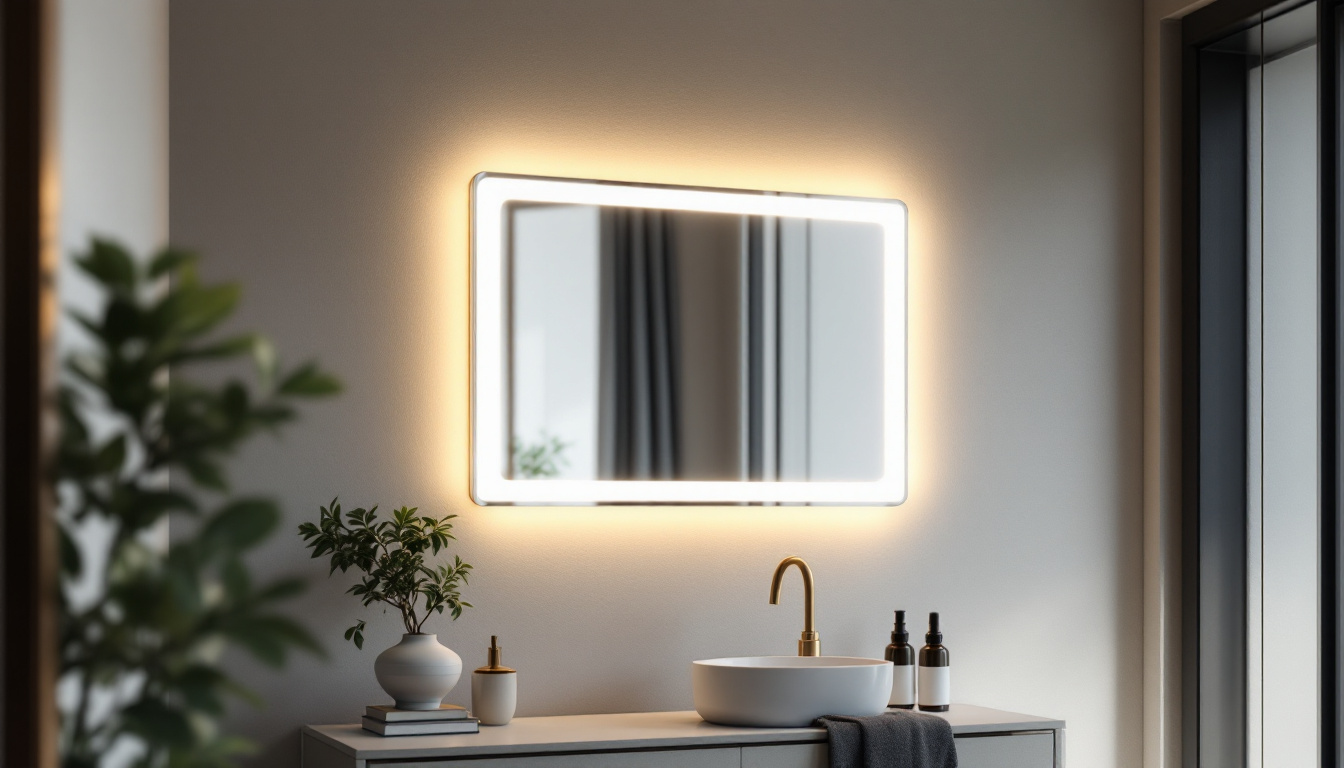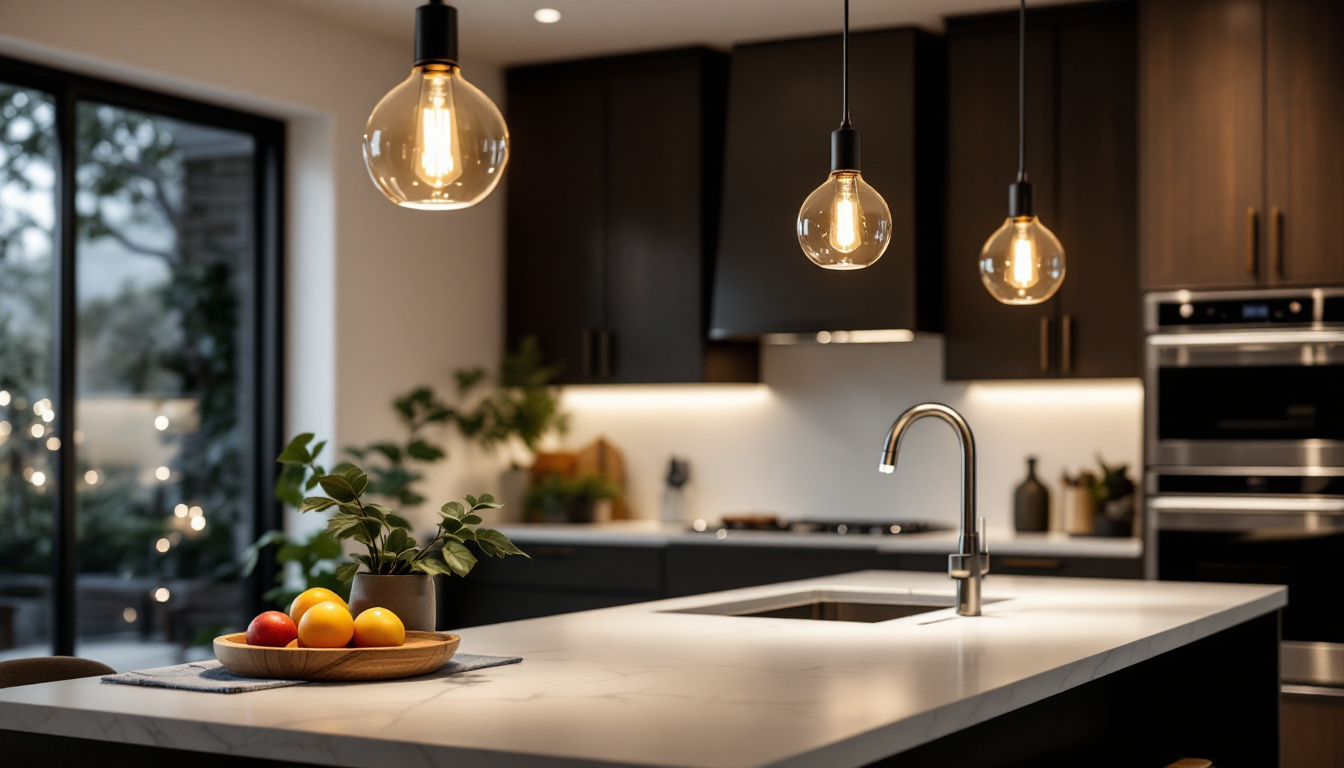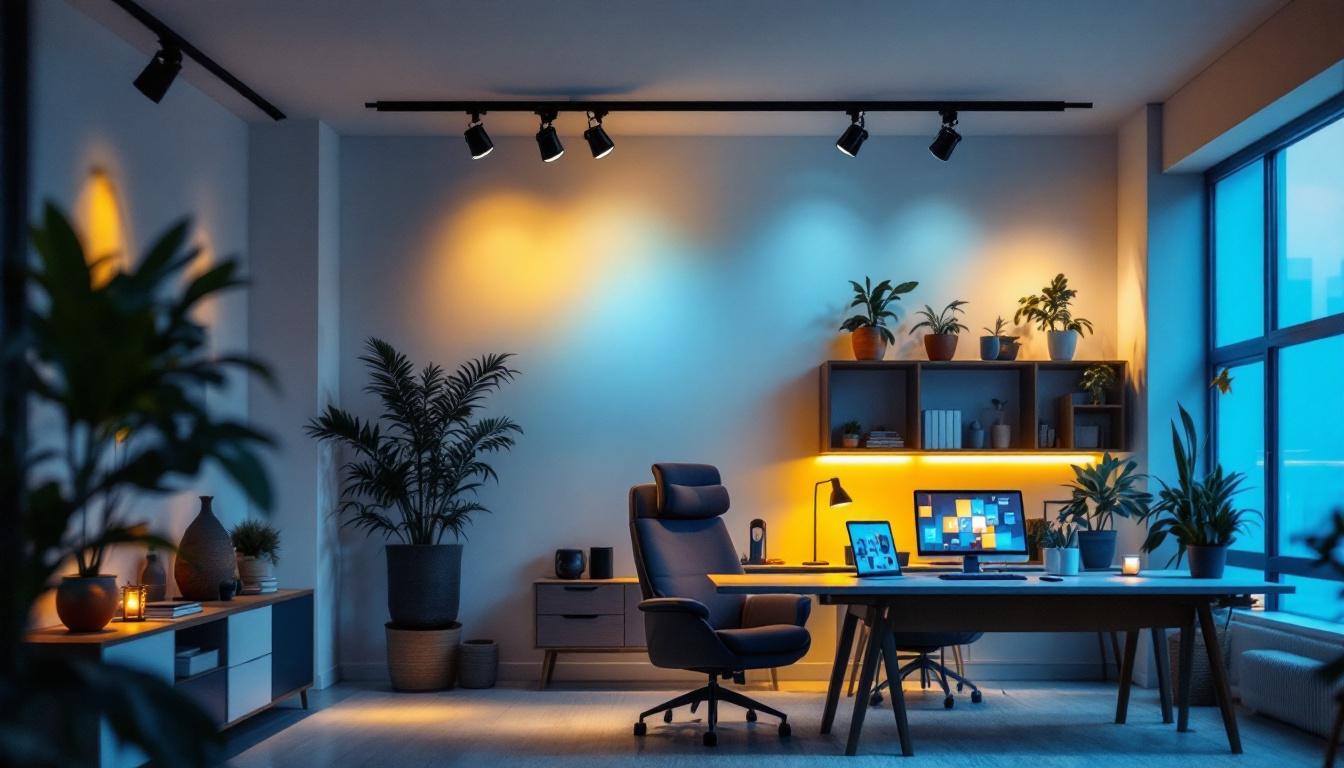
Lighting contractors play a pivotal role in the design and installation of lighting systems that enhance both functionality and aesthetics. However, navigating the complexities of lighting projects can be challenging. Mistakes can lead to increased costs, unsatisfied clients, and safety hazards. This guide aims to highlight common pitfalls that lighting contractors should avoid to ensure successful outcomes and maintain a stellar reputation in the industry.
One of the most significant mistakes lighting contractors can make is failing to communicate effectively with clients. Understanding a client’s vision, preferences, and specific requirements is crucial. Miscommunication can lead to misunderstandings about the desired outcome, resulting in a project that does not meet expectations.
To mitigate this risk, contractors should engage in thorough discussions with clients. Ask open-ended questions to gauge their preferences and clarify any ambiguities. Documenting these conversations can also provide a reference point throughout the project, ensuring that everyone is on the same page. Additionally, utilizing visual aids, such as mood boards or lighting samples, can help clients articulate their vision more clearly. This collaborative approach not only fosters trust but also empowers clients to feel more involved in the decision-making process, ultimately leading to a more satisfying outcome.
Another common error is neglecting the significance of a well-thought-out lighting design. Many contractors may rush into installation without considering how different lighting elements will interact within a space. A comprehensive lighting design takes into account factors such as the purpose of the space, the mood to be created, and the architectural features that need highlighting.
Investing time in a detailed lighting design can enhance the overall quality of the project. Utilizing software tools or collaborating with lighting designers can help in creating effective layouts that optimize both aesthetics and functionality. Furthermore, considering the energy efficiency of lighting options can lead to long-term cost savings for clients. By selecting LED fixtures or smart lighting systems, contractors can provide solutions that not only meet the immediate needs of the project but also align with sustainable practices. This forward-thinking approach can set a contractor apart in a competitive market, showcasing their commitment to quality and innovation.
In an era where sustainability is paramount, lighting contractors must prioritize energy-efficient products. Ignoring this aspect can lead to higher energy costs for clients and may even affect the longevity of the lighting system. Clients are increasingly seeking solutions that reduce their carbon footprint, and contractors who fail to provide such options risk losing business.
Contractors should stay informed about the latest energy-efficient technologies, such as LED lighting and smart lighting systems. Educating clients about the long-term benefits of these products can enhance their satisfaction and promote a positive reputation for the contractor. Moreover, many energy-efficient products come with rebates and incentives from utility companies, which can further entice clients to make the switch. By presenting a comprehensive cost-benefit analysis, contractors can demonstrate how investing in energy-efficient lighting not only contributes to environmental sustainability but also leads to significant savings over time.
Another mistake is not thoroughly testing lighting products before installation. Each lighting fixture has unique characteristics, and it is essential to understand how they perform in various environments. Inadequate testing can lead to issues such as flickering lights, poor color rendering, or inadequate brightness.
Contractors should take the time to test products in conditions similar to those of the final installation. This practice ensures that the chosen fixtures will meet the client’s expectations and perform optimally in their intended environment. Additionally, understanding the nuances of different light sources, such as the color temperature and beam angle, can significantly impact the overall ambiance of a space. For instance, a warm white light may create a cozy atmosphere in a residential setting, while a cooler light might be more appropriate for a commercial space. By conducting thorough tests and providing clients with tailored recommendations, contractors can elevate their service quality and foster trust with their clients.
Safety should always be a top priority in any lighting installation project. Neglecting safety standards can lead to accidents, injuries, or even legal repercussions. Contractors must ensure that all installations comply with local codes and regulations.
Regularly reviewing safety protocols and conducting training sessions for all team members can help reinforce the importance of adhering to safety standards. This practice not only protects the team but also instills confidence in clients regarding the professionalism of the contractor. Furthermore, incorporating safety checklists into the installation process can serve as a practical reminder of essential precautions, ensuring that no critical steps are overlooked. Engaging in open discussions about potential hazards and encouraging team members to voice concerns can foster a culture of safety, where everyone feels responsible for maintaining a secure work environment.
Proper placement of lighting fixtures is crucial for achieving the desired effect. A common mistake is underestimating how the position of lights can impact the overall ambiance and functionality of a space. Inadequate placement can lead to shadows, glare, or uneven lighting.
Contractors should take the time to plan the placement of each fixture carefully. Utilizing tools such as lighting simulation software can provide insights into how different placements will affect the space. Additionally, conducting on-site evaluations can help identify the most effective locations for installation. Beyond just aesthetics, proper lighting placement can significantly enhance safety and accessibility, especially in areas like staircases and hallways. By strategically positioning lights, contractors can illuminate potential hazards, making spaces safer for occupants. Moreover, considering the use of dimmers and smart lighting controls can further enhance the versatility of the lighting design, allowing users to adjust the ambiance according to their needs and preferences.
Time management is a critical aspect of any project. A common mistake is failing to set realistic timelines for project completion. Contractors may underestimate the time required for installation, leading to delays and frustrated clients.
To avoid this pitfall, contractors should assess all aspects of the project, including potential challenges and resource availability, before committing to a timeline. Regular updates to clients regarding progress can also help manage expectations and maintain transparency throughout the project.
In an effort to win clients, some contractors may overpromise on what they can deliver. This approach can lead to disappointment and damage to the contractor’s reputation if the final product does not meet the client’s expectations.
Instead, contractors should focus on providing honest assessments of what can be achieved within the given constraints. By setting realistic expectations from the outset, contractors can foster trust and build long-lasting relationships with clients.
Once a project is completed, the relationship with the client should not end. Neglecting post-installation support can lead to unresolved issues and dissatisfaction. Clients may have questions or concerns about their new lighting systems, and contractors should be available to address these matters.
Establishing a follow-up protocol can enhance client satisfaction. This can include scheduled check-ins, offering maintenance services, or providing resources for troubleshooting common issues. A proactive approach demonstrates commitment to quality and can lead to repeat business and referrals.
Feedback is a valuable tool for improvement. Many contractors overlook the importance of gathering client feedback after project completion. Understanding the client’s experience can provide insights into areas for improvement and highlight what worked well.
Contractors should consider implementing feedback surveys or conducting interviews with clients to gather their thoughts on the project. This information can be instrumental in refining processes and enhancing future projects.
The lighting industry is constantly evolving, with new technologies and trends emerging regularly. Contractors who ignore these advancements risk falling behind their competitors. Staying current with industry trends is essential for providing clients with the best solutions available.
Participating in industry conferences, workshops, and online courses can help contractors stay informed about the latest developments. Networking with other professionals in the field can also provide valuable insights and foster collaboration.
Client preferences can shift over time, influenced by trends, technology, and societal changes. Contractors must be attuned to these shifts to remain relevant. Failing to adapt to changing client preferences can result in missed opportunities and lost business.
Regularly engaging with clients and seeking their input on design preferences can help contractors stay ahead of the curve. Offering a diverse range of lighting solutions that cater to various styles and needs can also attract a broader client base.
Lighting contractors have the opportunity to create stunning environments through their expertise. However, avoiding common mistakes is essential for ensuring successful projects and satisfied clients. By focusing on effective communication, choosing the right products, adhering to safety standards, managing expectations, providing post-installation support, and staying updated with industry trends, contractors can elevate their services and build a strong reputation in the lighting industry.
Ultimately, the key to success lies in continuous improvement and a commitment to excellence. By learning from past experiences and striving to enhance skills and knowledge, lighting contractors can shine brightly in a competitive market.
Ready to avoid common lighting mistakes and elevate your projects? Choose LumenWholesale for your lighting needs and experience the difference quality and value can make. With our spec-grade lighting products at unbeatable wholesale prices, you’ll have access to the best without the burden of inflated markups. Our commitment to reliability and performance means you can confidently meet your clients’ expectations every time. Plus, with free shipping on bulk orders, you can save more and worry less. Don’t compromise on quality or cost—Wholesale Lighting at the Best Value is just a click away.

Discover the crucial considerations for lighting contractors working in medical environments.

Discover how LED wall mirrors can revolutionize your lighting projects by enhancing efficiency and aesthetics.

Discover the essentials of modern pendant light fixtures for kitchens, focusing on compliance and key insights every lighting contractor should know.

Discover how Spotlight Track Lighting boosts efficiency for lighting contractors, enhances project flexibility, and saves up to 30% on installation time.